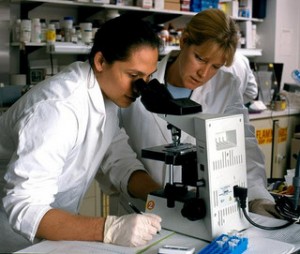As the biodiesel unit was being created, I subscribed to a daily biofuel newsletter, Biofuels Digest. It became evident, as in many areas of science, that the unit would eventually become dated because of current technologies associated with biofuel production. Scientists are developing production methods for biofuels at a fast pace. For example, the Biofuels Digest recently included an article that looked at growing trends in biofuel production methods. The current method of production for the past five or six years most often used is fermentation. Sure enough, the prediction for 2014 is that thermal and catalytic methods will take over. And companies, national labs, and university research programs are investing millions of dollars on the research. I think it is quite interesting to watch the economics at work as much as I enjoy reading about the scientific developments. The speed of science has made developing this unit difficult because it is multi-faceted and a teacher could always find a new resource to use with students. I had to choose which areas to focus on for this unit in the context of a chemistry course.
In a larger sense, I would like other teachers to use this unit in other science classes. I often hear safety concerns about the production of biodiesel in a classroom, but I prepared my students (and quite frankly, scared them to death!) about the hazards of the chemicals involved. I deliberately designed the lessons to be independent of one another so that earth science, environmental science, chemistry or physical science teachers could use parts of the unit for their respective courses. It could even be used for a debate class or an economics/political lesson in social studies.
Even if a teacher opted not to produce biodiesel as part of their unit, the current research and news-making events surrounding it still make it engaging for the students. I encouraged my students to become informed consumers and to form their own opinions about whether or not using biodiesel was a good move for our country. I believe that one of the goals of a child’s education is to teach them how to think and respond to difficult issues. The biodiesel is certainly better for our environment, but would compete for land use. It would free our dependence on oil and petroleum products, but could put the petroleum industry and its workers out of business. Lobbyists on both sides of the debate have logical arguments to support their opinions, and our students need to disseminate these facts to decide what they believe. Before teaching this lesson, most of my students had never heard of biodiesel, but after the lesson, many had asked thought-provoking questions and were wrangling with the difficult questions that come with big changes as a result of scientific development. To that end, the unit has been successful, and they learned some chemistry along the way!


Great blog post. Thank you for sharing. Great work opening your students’ eyes to such an important national topic.